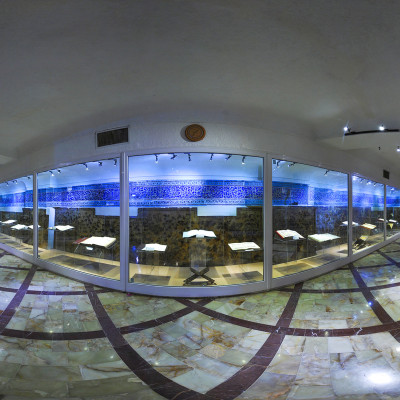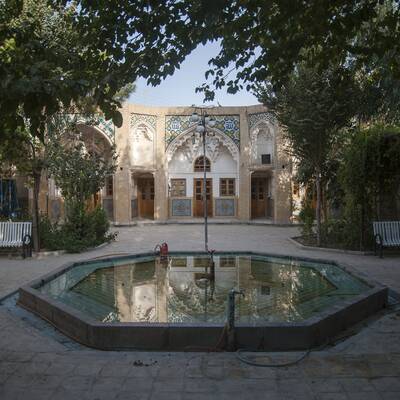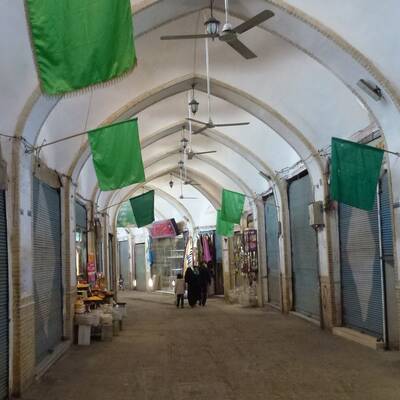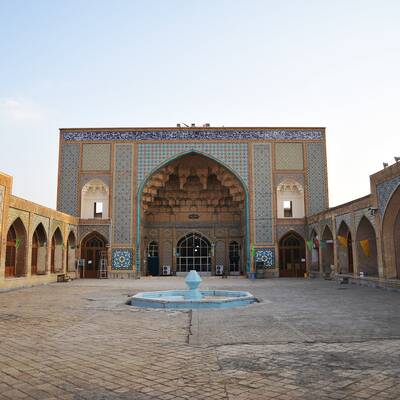The Ethnography Museum of Qom or the historical house of Zand is located in the old district and texture of the city that was famous as the district of Chahar Mardan. This building, built in fact through merging two houses belonged to two brothers named Haj Ali Qoli Khan and Haj Ali Khan, is the remaining of Qajar period that becomes a mansion after a restoration in 1380 SH and converted into the museum at the same time and it is still active as the Ethnography Museum of Qom.
The architecture of the building is completely consistent with the architecture of Kavir regions of Iran in which the most interesting element is the windward for proper air circulation. The construction materials of the building are brick, stone, plaster and wood all of which are among the highlighted features of architecture in Qajar buildings. This house-museum consists of two yards each belongs to one brother. The museum has fourteen rooms in which the doors and windows are totally made of high-quality woods of walnut and Ash.
Like other ethnography museums of Iran, the main goal of establishing the museum of ethnography in Qom is exhibiting the traditional and tribal symbols of a country or one region of it. The main aim of establishing this museum is introducing the economic, social, technical and cultural values of these symbols, objects and signs to people who used or use them. This museum presents the spiritual and material activities through displaying different objects and tools and describing their importance in developing production techniques and their relation to spiritual culture improvement.
The ethnography museum-house of Qom is the only ethnography museum of this city in which the lifestyle of people in different historical periods are presented by some sculptures along with the work tools, agricultural tools, cloths and the house installation in the same style of the past. In another part of the museum, the historical works related to the Islamic era are on display, like the potteries of Seljuk, a wooden Minbar related to 600 years ago and other interesting items.





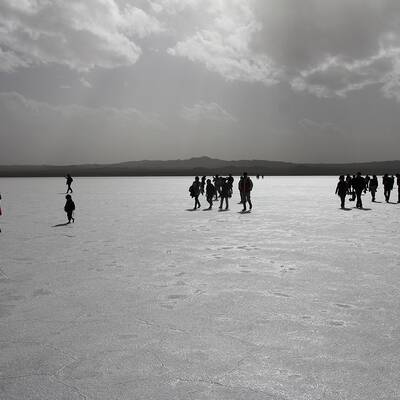
.jpg)
.jpg)
